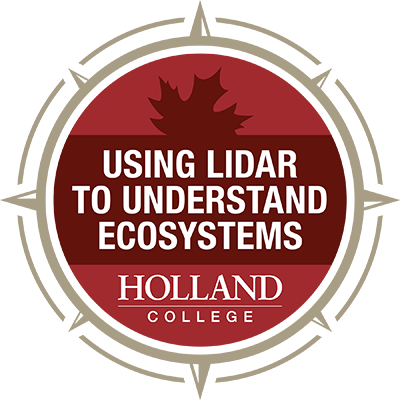
Using LiDAR to Understand Ecosystems
Criteria
The assessment for this microcredential will require learners to:
-select appropriate tools and data types to include in the plan to support watershed resilience.
-gather LiDAR data, satellite imagery, drone imagery, and other sources.
-interpret data using GIS software.
-justify decisions regarding tools and data types.
In order to develop competency, learners will:
-understand the fundamentals of LiDAR, drone and satellite imagery
-understand the application of data to watershed management
-examine how LiDAR and associated data can be collected for a project